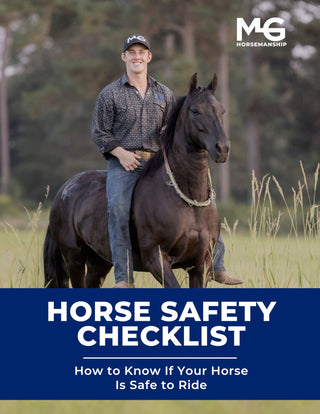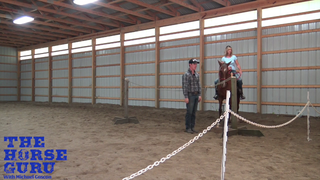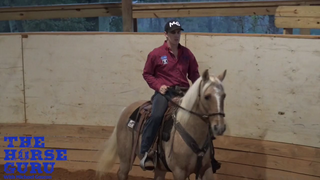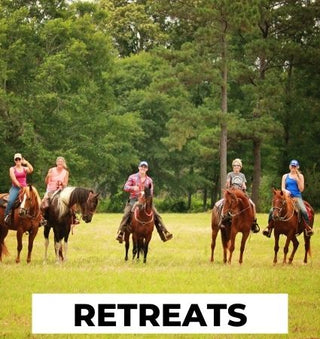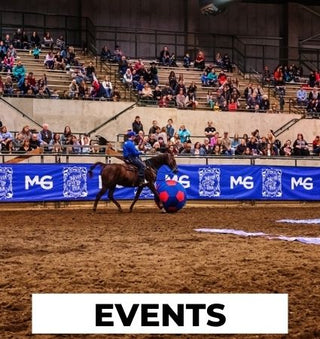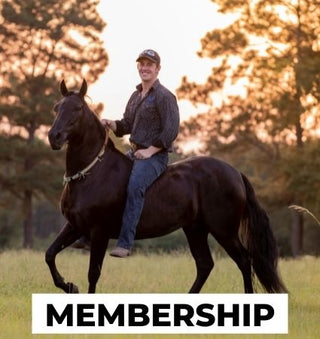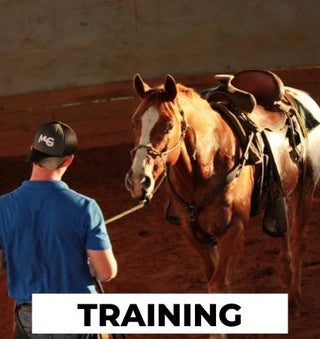Watch the Video Here or continue reading below!
When it comes to horseback riding, comfort and safety start with a proper saddle pad fit. In this guide, we’re walking through how to fit a pad for a Western saddle, using Thunder—a spooky Arabian and Arabian Friesian cross—as our example. Whether you're riding gaited horses or using a Western saddle for everyday work, saddle pad fit matters more than you think.
Understanding Saddle Pad Fit: It's About the Horse
One of the biggest misconceptions in the equestrian world is that every horse needs their own saddle. In reality, it’s the saddle pad—not the saddle—that should be customized to the horse. As Michael Gascon says, “The pad is for the horse; the saddle is for you.”
At God’s Green Acres Horsemanship, horses come in all shapes and sizes. If a new saddle was needed for each one, you'd be looking at hundreds of saddles. The solution? Choosing the right Western saddle pad that fits the horse’s body type and riding needs.
Choosing the Right Pad: CSI Pad vs. Cutback Pad
In this example, we’re using a CSI pad—a large, durable pad designed specifically for Western saddles. Unlike cutback pads, CSI pads are not shaped to allow space for high withers or elevated neck positions. They work well for general use and horses with average conformation.
A cutback saddle pad, on the other hand, has a notched area at the front. This is ideal for:
-
Gaited horses
-
Horses worked in a classical frame
-
Horses needing neck clearance for comfort
If Thunder were being trained classically or needed more elevation in his headset, a cutback pad would be more appropriate. But for this session, the CSI pad fits the bill.
Proper Placement: Where the Pad Should Sit
To fit the saddle pad correctly:
-
Place the pad just in front of the withers, making sure it lays flat against the horse’s back.
-
Ensure the pad stops well before the hips, avoiding pressure on the hip bones.
-
Confirm the pad doesn’t shift or bunch—flat and even contact is key.
Remember: if the pad rubs or sits unevenly, it can cause discomfort, resistance, or even injury over time.
What to Do for Unusual Conformations
Not every horse is built the same. For horses with:
-
High withers
-
Broad shoulders
-
Narrow backs
-
Asymmetrical builds
…there are specialized pads available to help. Look for options with adjustable shims, contour shapes, or gel inserts to create a tailored fit.
When in doubt, start with the pad—especially if your horse is sensitive, reactive, or difficult to saddle. It’s an easy, cost-effective way to make riding more comfortable.
Final Thoughts: Comfort Starts from the Ground Up
The right saddle pad fit is the foundation of good horsemanship. It protects your horse’s back, ensures better saddle fit, and supports both performance and attitude. Whether you're using a CSI pad or a custom-fit cutback, always take time to fit the pad properly before throwing on the saddle.



